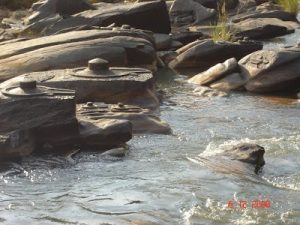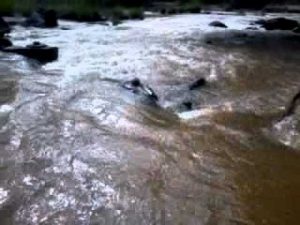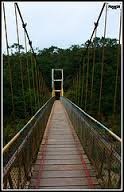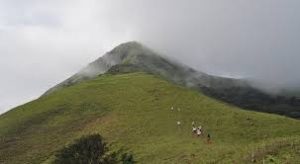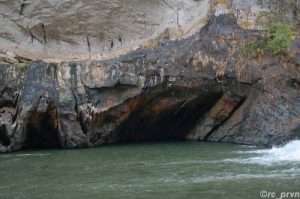Sahasralinga – ancient Shivalinga carvings
Each era has some unique features in its distinctive culture. India is rich in art forms which have constantly evolved over thousands of years. In ancient India, a range of art forms like paintings, architecture and sculptures evolved. The history of art in ancient India begins with primeval rock paintings and stone carvings, sculptures and cave painting. We can see the ancient rock paintings in the Bhimbetaka paintings, belonging to the prehistoric age. When we talk of art it should be understood that time and creativity is inseparable. Art in any form has an inimitable sensitivity. The ancient Indian art was produced by supple inventive minds deeply passionate with myths, legends, bits and pieces from epic, infinite gods born out of dreams and fantasies. The anonymous and indescribable artists have expressed their artistic instincts and their passion in variety of forms.
One such place worth a purposeful visit is Sahasralinga which is on the banks of the river Shalmala near Bhairumbe village. This place is 15 kms from Sirsi in North Karnataka (Uttara Kannada district). You will see something like a thousand Shiva lingas carved on the rocks – some present in the river and some on the river bank. Each rock has carved Shiva linga on it and Nandi facing it.
The story goes like this: it is believed that 1001 Shivalingas were created by carving them on rocks by King Sadashivaraya, king of Karnataka (1678-1718). He used to worship Lord Shiva. For many years he was childless. He made vow to the Lord Shiva that the moment he would have a child, he would carve sahasra (thousand) lingas. Soon after his vow, a daughter was born; hence the Sahsralingas were created on the bank of Shalmala River. There are also basavas (bulls) and other artistic forms carved on the rocks of the river. It is furthermore believed that there was a school of art here in ancient times. You can see a Hanging Bridge also here.
There are quite a few places in North Karnataka in Sirsi, Yellapur, Ankola, Karwar, Harwade, Badami, Annigeri etc which are not exposed to tourists; the main reason being lack of infrastructural facilities and bad roads.
It is mentioned in most puranas that Lord Shiva likes to stay in seclusion; he does not like pomp and show therefore most Shivalayas (Shiva temples) are built in very calm, quite and secluded spots amidst the lush green jungles and also on isolated river banks.
While visiting Sahasralinga you can pack some food and beverages because there is no food available nearby. You can spend a day with nature here. Please do not throw used papers, plastic covers, hand bags. Don’t litter and spoil the beauty of this scenic site. Help maintain cleanliness. You can see that some of the lingams broken down, some of them half broken. The Government must try to restore the carvings. It is such a beauty – ancient yet very regal. Why can’t the Karnataka government declare it as heritage spot?
How to reach? Sahasralinga is on the way to Yellapur from Sirsi. One has to get down get at bus stop called ‘Hulgol’ and walk towards ‘Hulgol’ and from the main road it is around 2 km. Yelllapur is a naturally bestowed central getaway on the Ankola (NH-17) – Hubli route. Yelllapur is home to Banana County Resort, 27 acres of land with beautiful cottages, landscaped garden, and of course banana plantation. You should visit this resort which gives you a refreshing experience of staying in lush green surrounding with water sports, walking track, boating, outdoor games and jungle safari.
Other nearby spots to be visited:
Jenu Kallu Gudda (Gudda means hill) you can see amazing sunset from this hill. There some magic in the sunset watching from this hill.
Magod Falls: A treat to your eyes. Really beautiful and scenic waterfall tucked far away from the maddening crowd. Please treat your eyes with beautiful shades of greenery and grayish white waterfall. On the way to this waterfall you will find nice lake called “Kavade Kere” of about 60acres area.
Syntheri Rock in Dandeli Wildlife Sanctuary: This is naturally formed monolithic granite structure having a height of 300 ft, which is located in the dense Dandeli Wildlife Sanctuary. The River Kaneri that flows at this place passes along the side of this rock. Owing to the flow of the river from the vicinity, erosion has resulted in the rocks getting hollowed. Dandeli Wildlife Sanctuary is situated on the banks of River Kali in North Karnataka. It is believed that the city is named as “Dandeli” after Dandelappa, a loyal servant of the Mirashi landlords who lost his life because of his loyalty. The calm and peaceful Dandeli Wildlife Sanctuary is spread over 834.16 sq. km. The altitude of Dandeli varies from 100 m to 970 m; the highest point is the Hegada Temba.













































